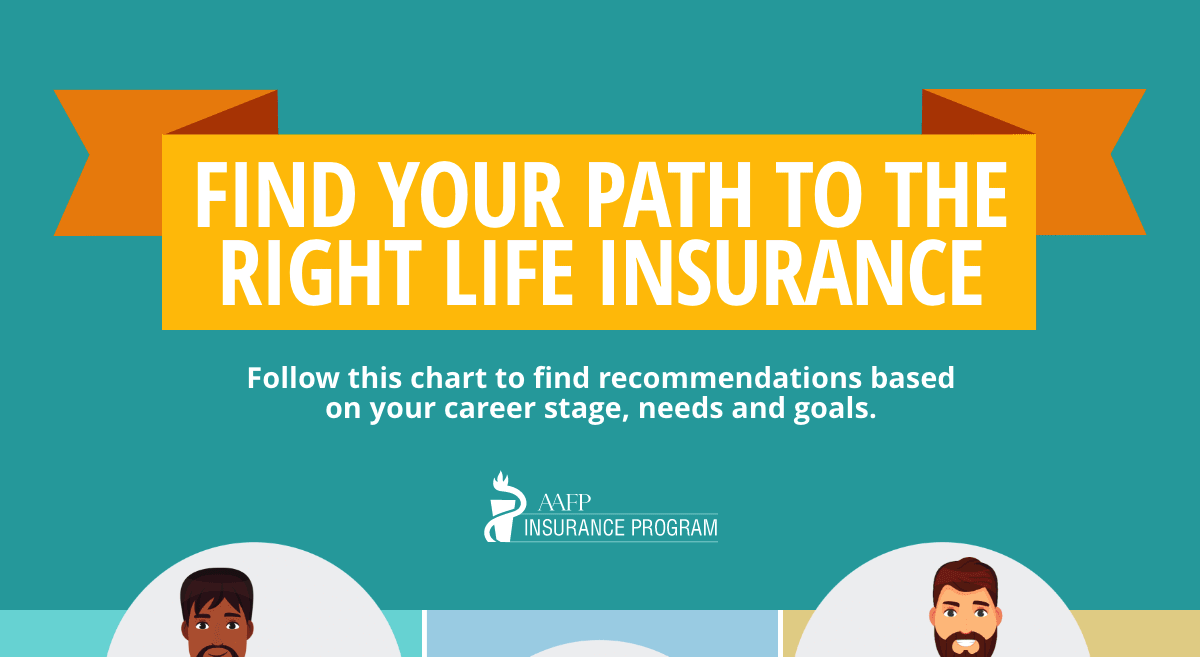Patients are already feeling the time crunch at doctor appointments. With visits lasting 16 minutes or less due to increasing patient loads, physicians are still obligated to provide quality care, no matter the time constraints. However, technology may exacerbate this issue.
In a study conducted by Northwestern University, scientists found that doctors who use electronic health records in exam rooms spend about one-third of the time that they are with their patients looking at a computer screen. It is theorized that doctors who spend that much time looking at a screen increases the difficulty for patients to get their attention. According to one of the authors of the study, Enid Montague says that “It’s likely that the ability to listen, problem-solve and think creatively is not optimal when physicians’ eyes are glued to the screen.” This attention gap can affect the way a doctor communicates with his/her patients. There may be certain nonverbal cues that may be missed between the patient and the physician, namely eye-gaze patterns. The study found that the eye-gaze patterns were different during a visit with EHRs versus a paper-chart. Patients were also more focused on the screen to see if they could read or understand the information presented.
This study hopes to shed light on what the effects are of a physician’s eye-gaze on a patient and how future EHR systems can be better designed to create a more interactive experience between the doctor and the patient.
In a different study commissioned by the American Medical Association (AMA), physicians are fully aware of the disruptive nature of electronic health records in the doctor’s office. Physicians complained that EHRs are interfering with face-to-face interactions with patients. Family physicians understand the value of digital health records and their relevance in collecting patient data to improve quality of care. But it comes at the cost of reduced time for “real” patient care. For example, physicians often find themselves spending more time checking off boxes at a computer than actually listening and connecting with their patients. This new standard of care that has been presented by the Department of Health and Human Services (HHS) through “meaningful-use” guidelines may be undermining physicians’ roles as experts in medical care. As a family physician, your most valuable asset is your intelligence and if you cannot exercise your expertise properly, you’re doing yourself and your patients a great disservice.
So how can family physicians face these hurdles? There is no easy answer. Due to regulatory pressures, physician practices need to comply with these enhanced standards of care and adapt to EHR systems while focusing on true patient care. These factors may have adverse effects on overall physician satisfaction, but as a family physician you have a mission to improve patient health, no matter the obstacle. There are benefits of electronic health records, but it may take some time to reap the rewards.
Photo Credit: Stock Lite/Shutterstock




